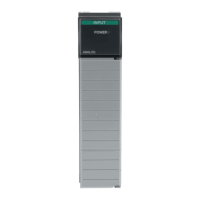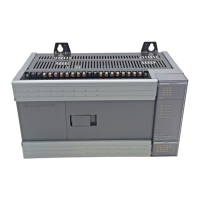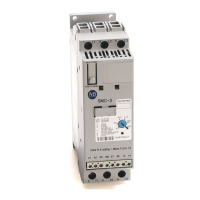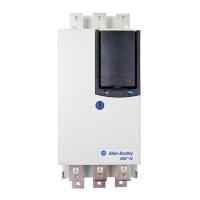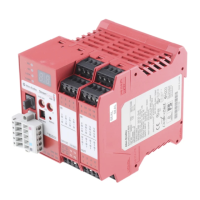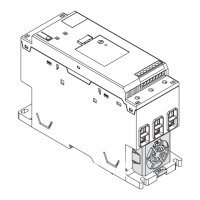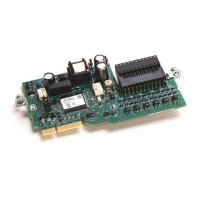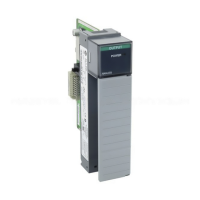Publication 1747-RM001G-EN-P - November 2008
Data File Organization and Addressing E-3
• Status (file 2) - This file stores controller operation information. This
file is useful for troubleshooting controller and program operation.
• Bit (file 3) - This file is used for internal relay logic storage.
• Timer (file 4) - This file stores the timer accumulator and preset values
and status bits.
• Counter (file 5) - This file stores the counter accumulator and preset
values and the status bits.
• Control (file 6) - This file stores the length, pointer position, and status
bits for specific instructions such as shift registers and sequencers.
• Integer (file 7) - This file is used to store numeric values or bit
information.
• Floating Point (file 8) - This file stores single precision non-extended
32-bit numbers. Applies to SLC 5/03 (OS301 and higher), SLC 5/04,
and SLC 5/05 processors.
• String (user-defined file) - Applies to SLC 5/03 (OS301 and higher),
SLC 5/04, and SLC 5/05 processors.
• ASCII (user-defined file) - Applies to SLC 5/03 (OS301 and higher),
SLC 5/04, and SLC 5/05 processors.
Addressing Data Files
For the purposes of addressing, each data file type is identified by a letter
(identifier) and a file number.
File numbers 0 through 7 are the default files that fixed, SLC 5/01, SLC 5/02,
and SLC 5/03 OS300 processors create for you. File number 8 applies only to
SLC 5/03 (OS301 and higher), SLC 5/04, and SLC 5/05 processors. If you
need additional storage, you can create files by specifying the appropriate
identifier and a file number from 9 to 255.
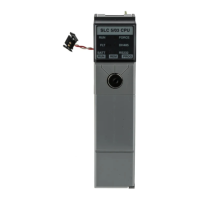
